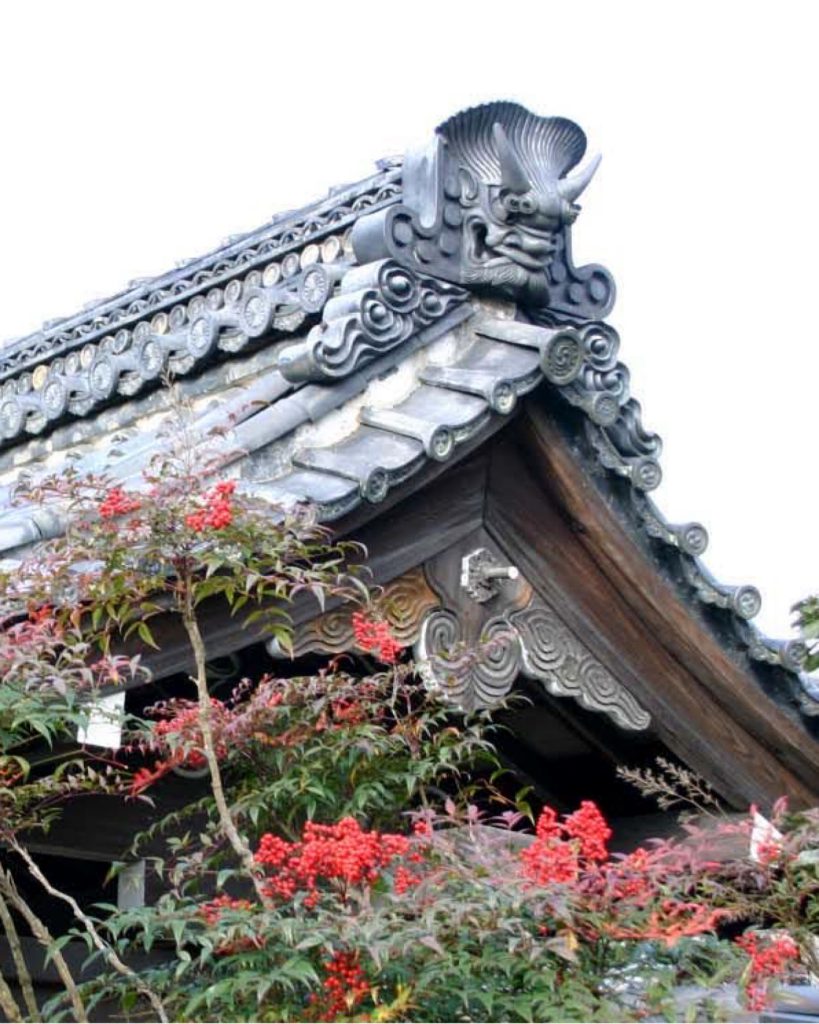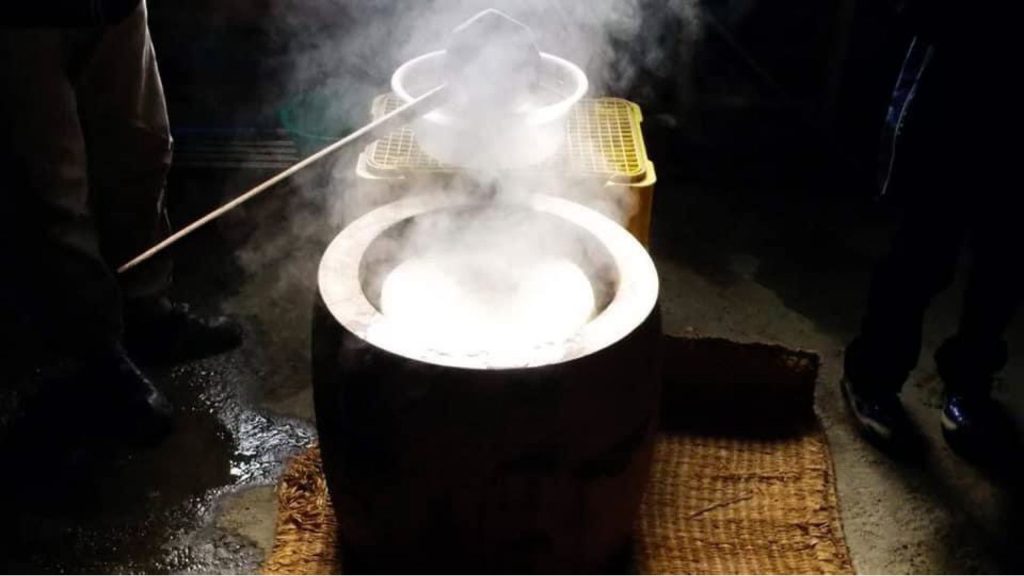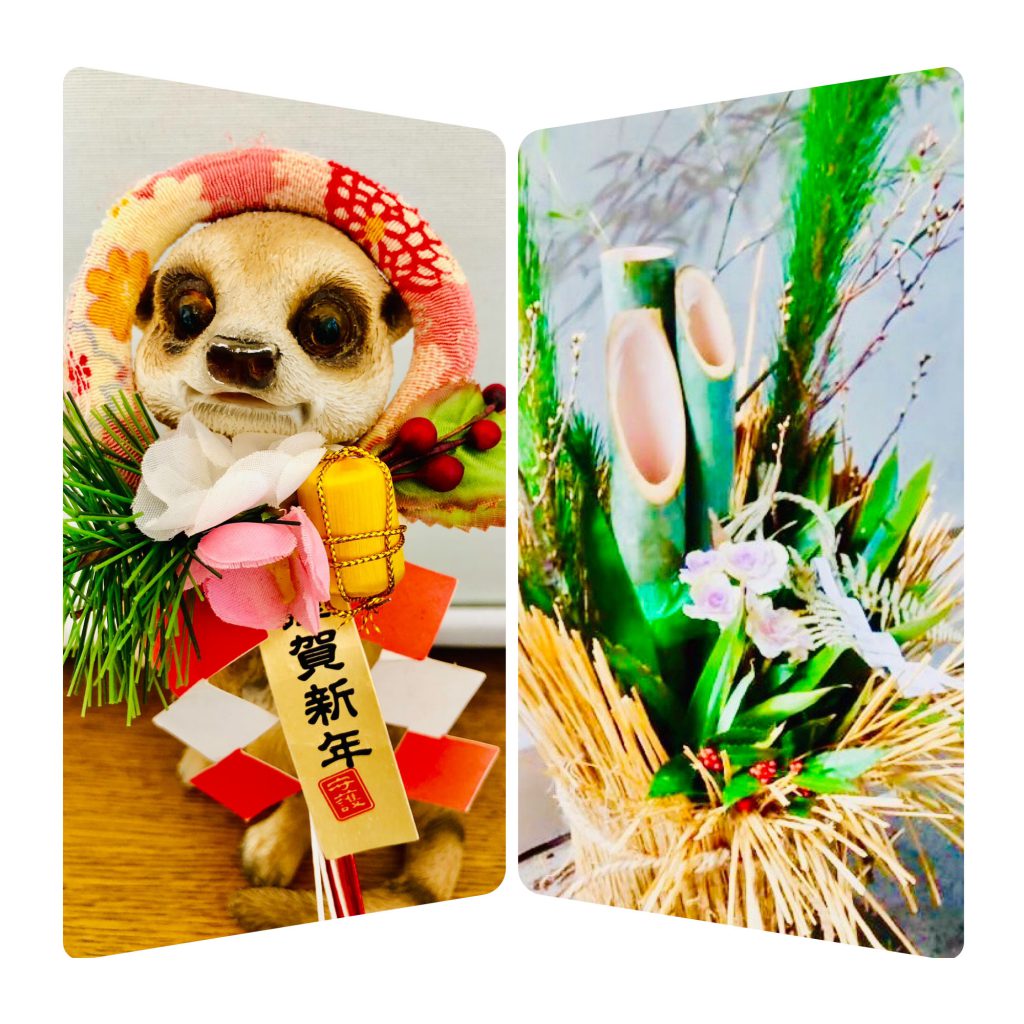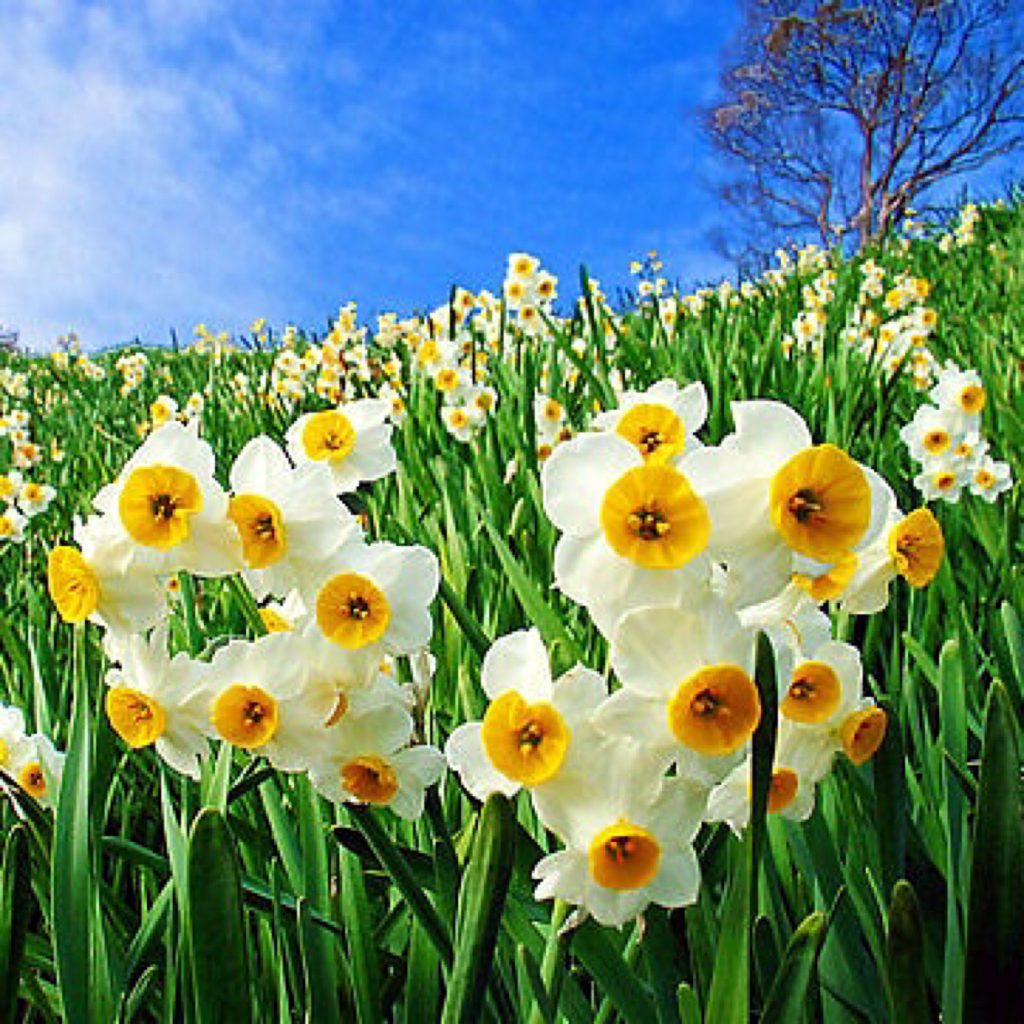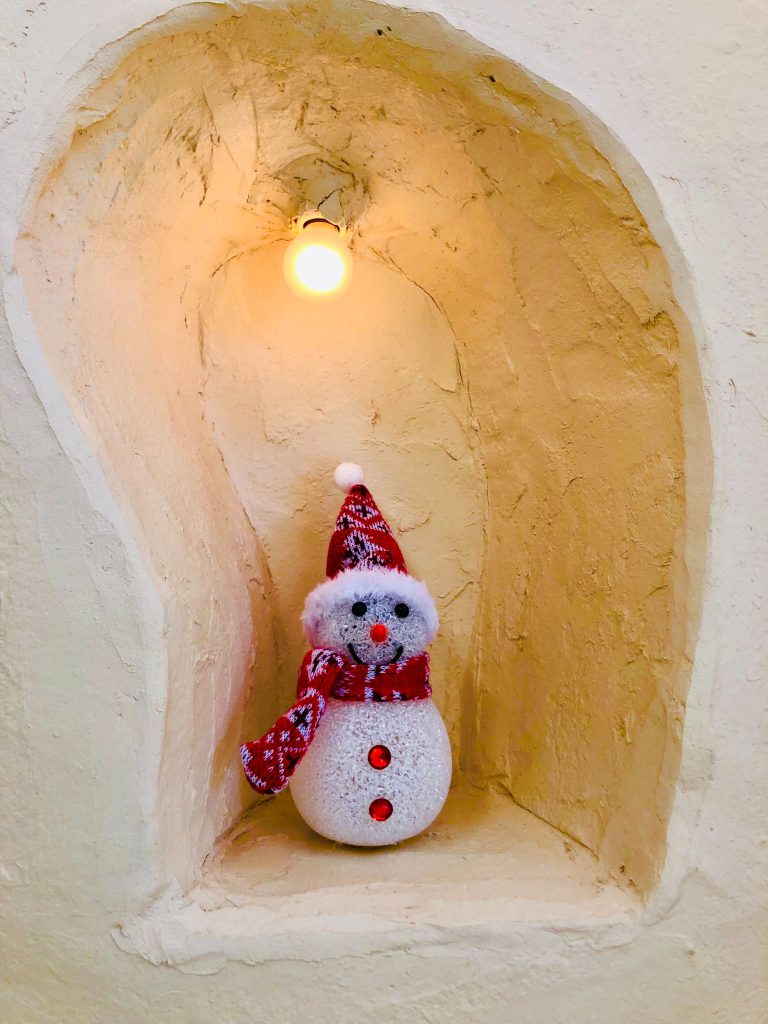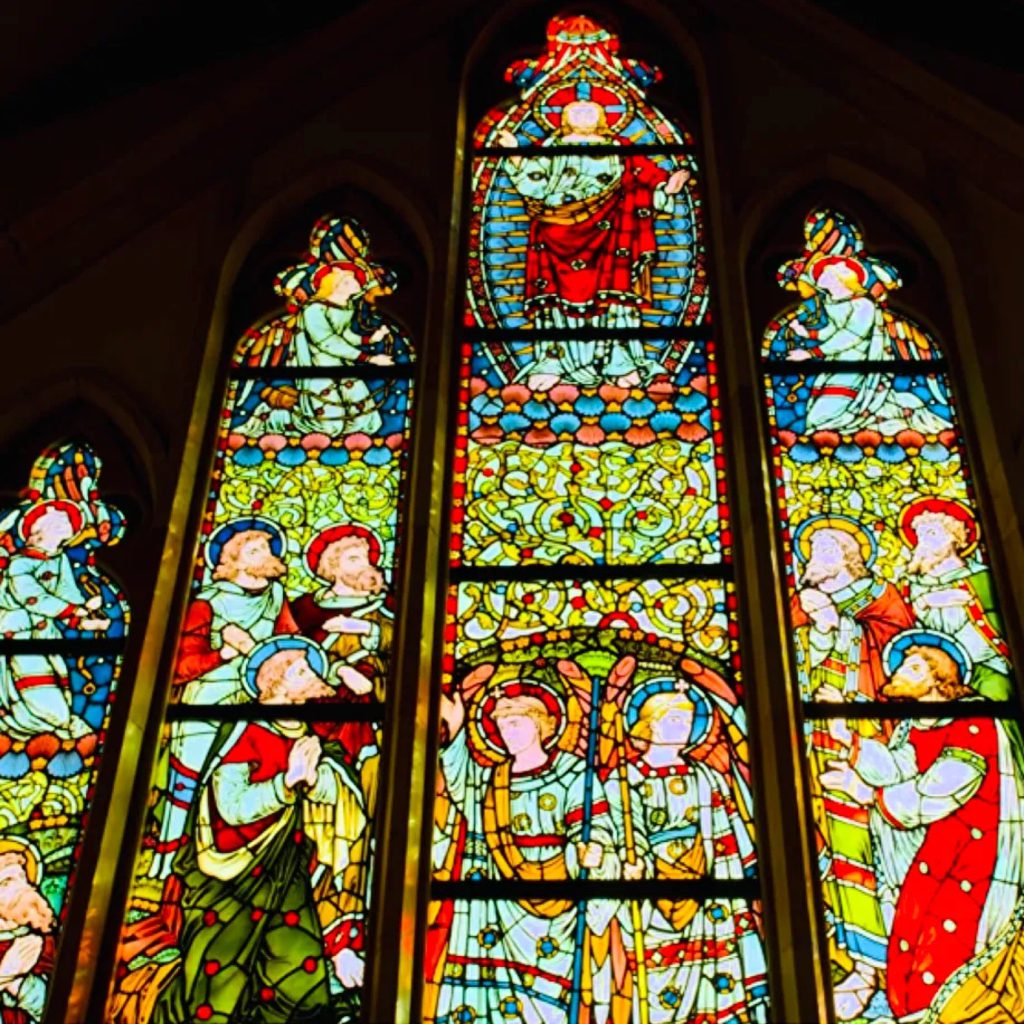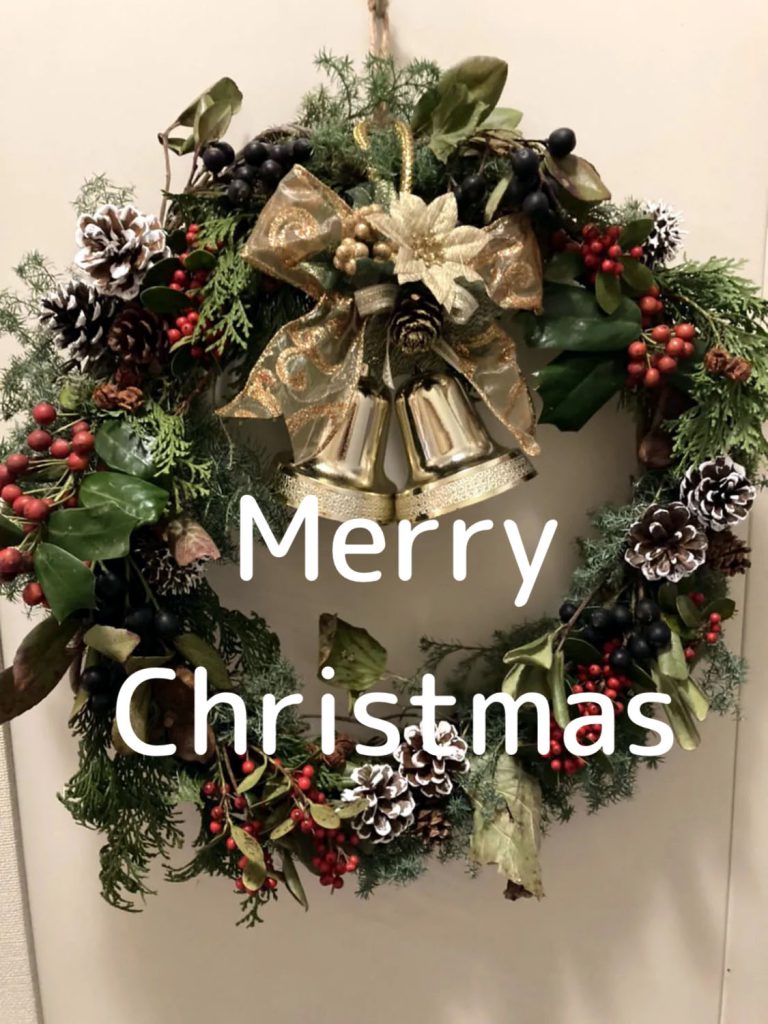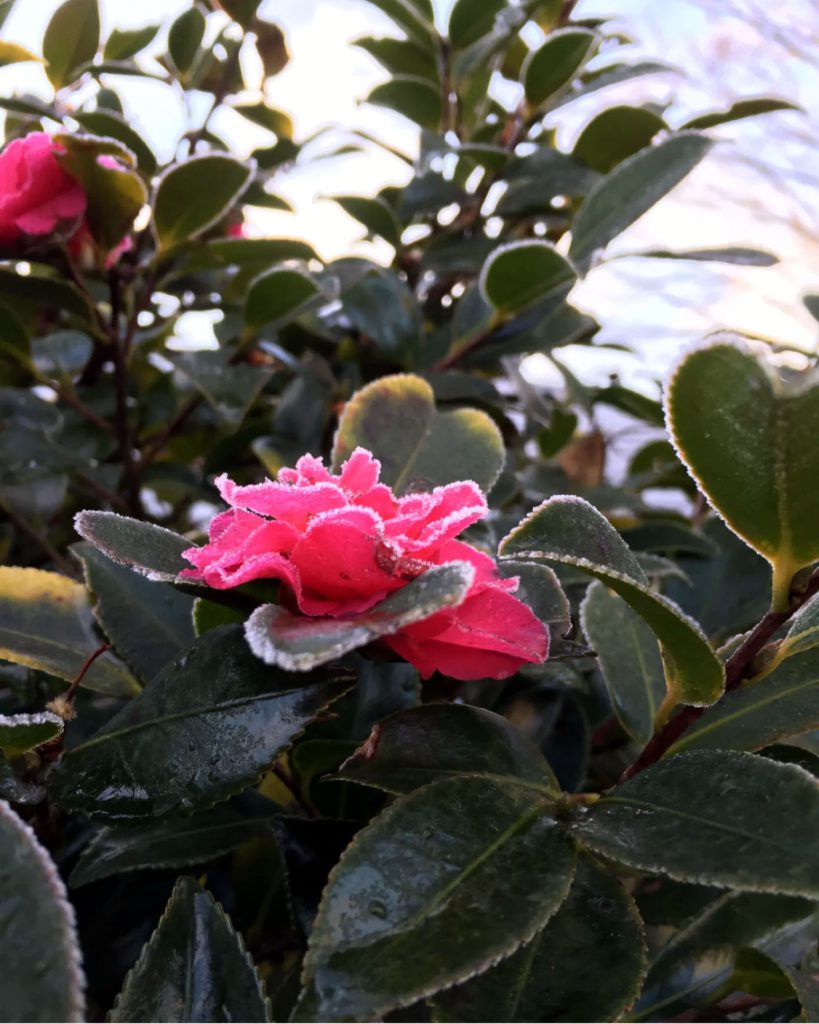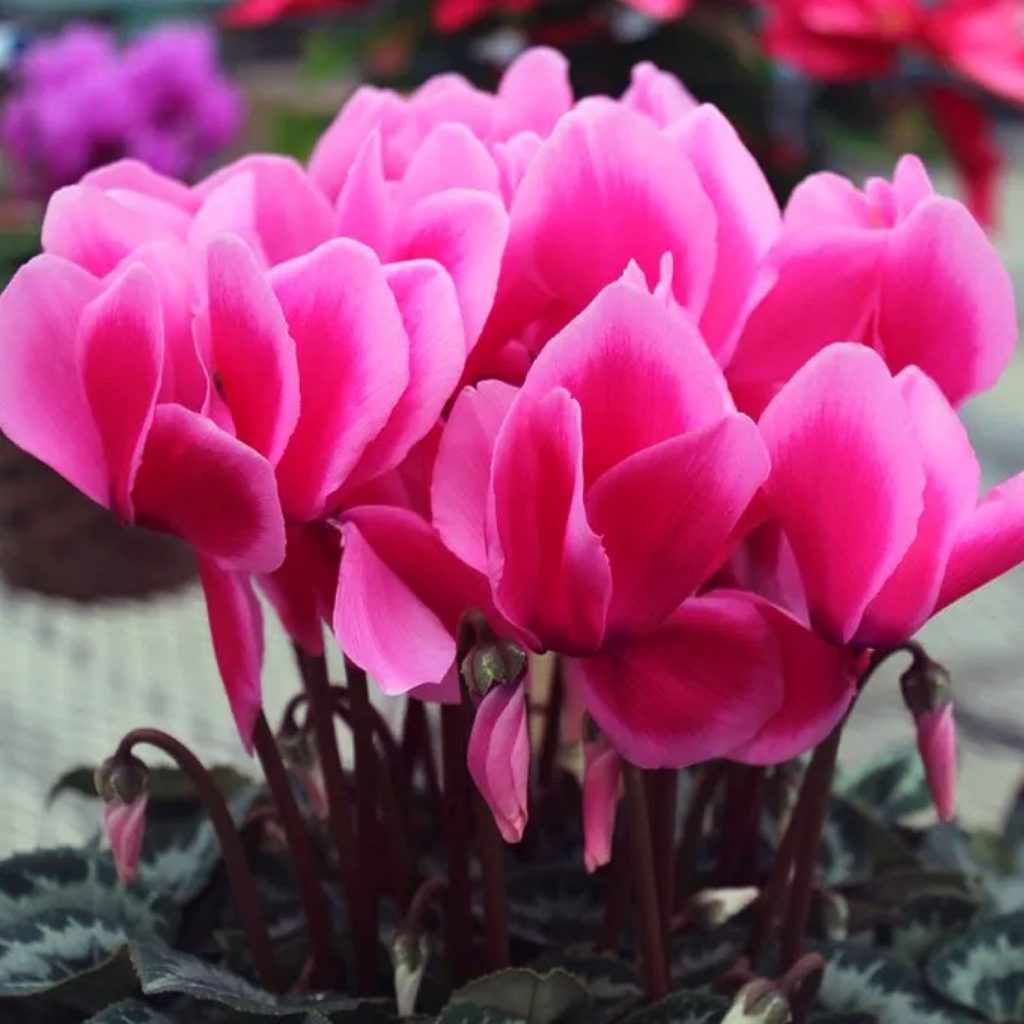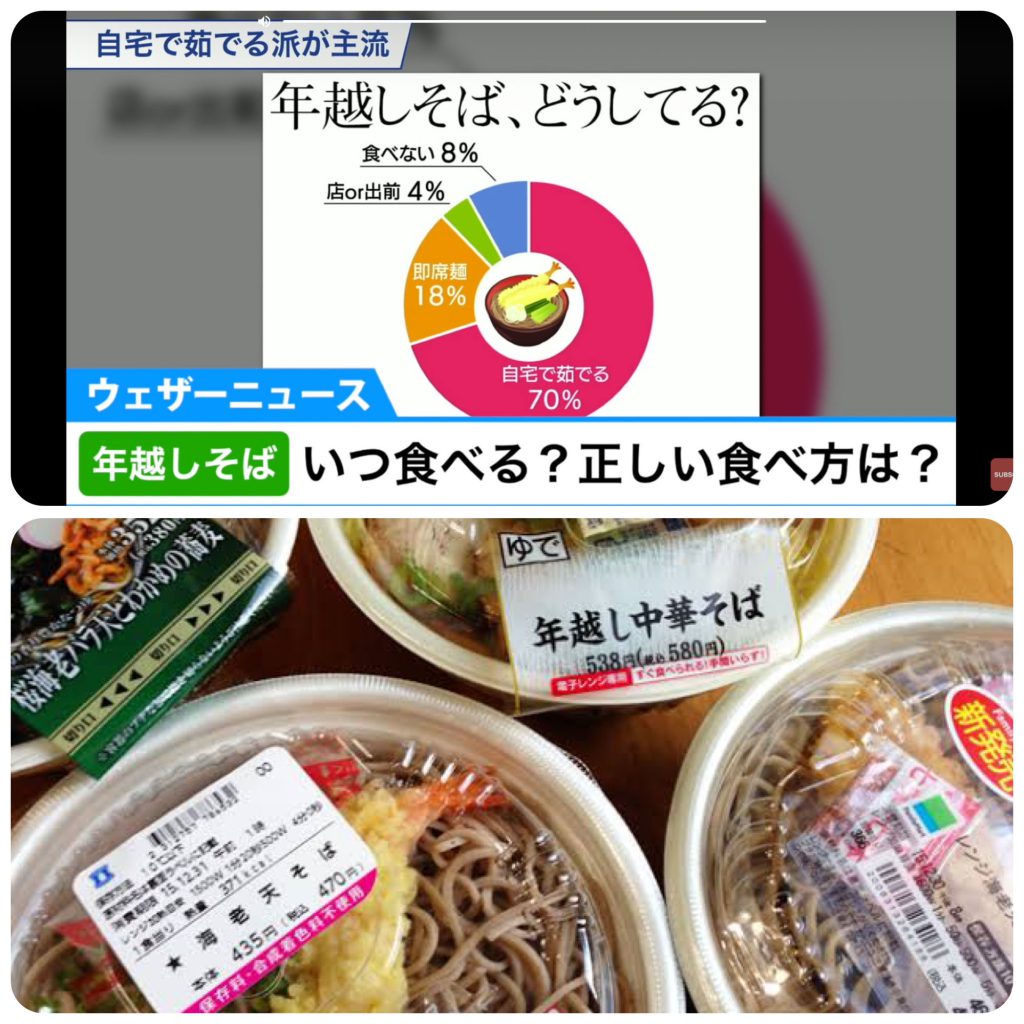
There is a soba restaurant in a shopping street that is usually less crowded. There is a signboard for handmade soba, but it seemed that there were not many customers other than the usual customers. However, when I passed in front of the soba restaurant today, there was a long line. There are many desks lined up in front of the store, and on top of them are rows of plastic bags of Toshikoshi soba sets with the names of the customers who have made reservations written on them. I bet it was a store that people in the know knew. According to a survey I saw on the news, 92% of the people eat Soba on the New Year’s Eve in some way. It’s not limited to Soba on the New Year’s Eve, but recently there are many events in which the whole nation participates. This is also a feature of the Internet society.
普段は人通りも少なくなった商店街にお蕎麦屋さんがあります。手打ちそばの看板が出ていますが、いつもは馴染みの客以外にあまりお客も入っていない様に見えました。ところが、今日そのお蕎麦屋さんの前を通ったら、何と長蛇の列です。店の前には沢山の机が並べてあって、その上には、所狭しと予約客の名前が書かれた晦日蕎麦のセットのポリ袋が並んでいます。知る人ぞ知るのお店だったんでしょうね。ニュースで見たアンケートでは、国民の92%の人達が何らかの形で晦日蕎麦を食べるそうです。晦日蕎麦に限らず、最近は国民皆参加の様な行事が多いですね。これもインターネット社会の特徴です。

